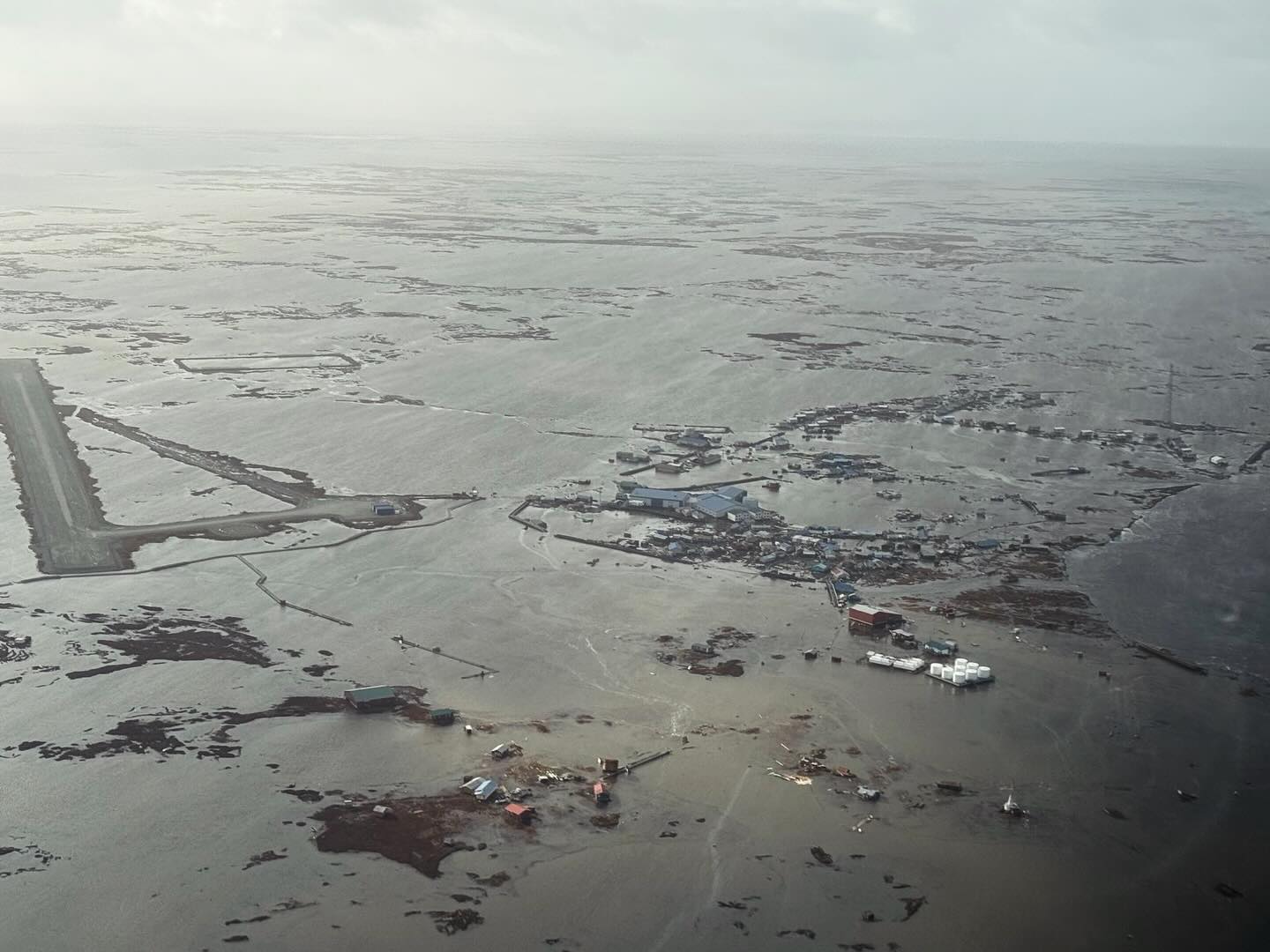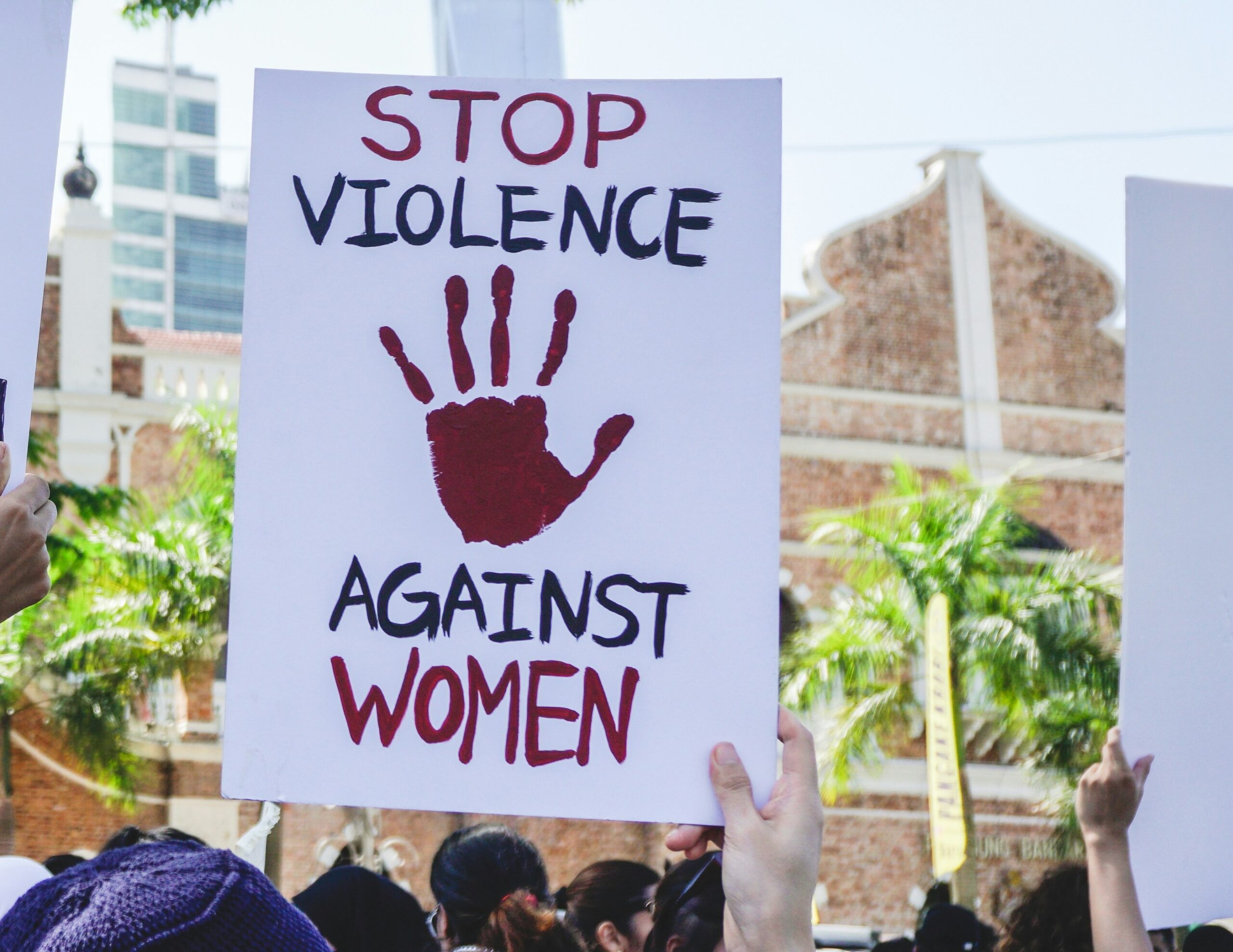What we’re watching: Weekly disaster update, October 20

We know all too well that disaster can strike anytime, anywhere in the world. Some disasters make headlines; others do not. Here at the Center for Disaster Philanthropy (CDP), we monitor the status of disasters worldwide and compile a list of the ones we’re tracking weekly, along with relevant disaster-related media coverage.
Here’s what we’re watching for the week of Oct. 20, 2025.
New or Emerging Disasters
Severe thunderstorm – Arizona: A powerful supercell thunderstorm hit Tempe, Arizona, on Oct. 14, causing damage similar to that of a tornado. In 15 minutes, Tempe recorded about ¾ of an inch of rain, which caused widespread flooding.
The thunderstorm also produced a microburst (a sudden down draft of straight-line winds of up to 100 mph) uprooting trees, downing power lines, and damaging homes, buildings and vehicles. More than 130 people are displaced, and Mayor Corey Woods declared a state of emergency following the storm.
Tropical Storm – The Philippines: Tropical Storm Fengshen struck the northern and central Philippines over the weekend, killing seven people and forcing the evacuation of 22,000 from flood and landslide-prone villages. As of Oct. 19, at least 14,000 of the 22,000 people evacuated are still displaced from their homes.
This is the 18th tropical cyclone to hit the country this year, devastating an area still recovering from several recent earthquakes.
Previous/Ongoing Disasters
Flooding – Alaska: The remnants of Typhoon Halong on Oct. 12 lashed the remote coastal villages of Kwigillingok, Kipnuk and Nipakiak, Alaska with high winds, severe flooding and significant storm surges, destroying hundreds of homes.
At least one person died, and two are still missing. More than 1,000 people have been airlifted to makeshift shelters in Anchorage and other areas. The flooding also destroyed food stores that villagers need to get through the winter.
Flooding – Mexico: Between Oct. 6 and Oct. 9, parts of Veracruz and four other states in Mexico received 24.7 inches of rain, damaging over 100,000 homes and killing at least 70 people, with 72 still missing. An oil spill from a Pemex plant during the storm is continuing to complicate clean-up efforts.
This is one of the worst flooding events in Mexico in recent history.
Complex Humanitarian Emergencies – Yemen
When a country experiences political conflict, climate shocks, famine, economic challenges or other conditions, it may suffer a complex humanitarian emergency (CHE). CDP maintains complete profiles on several CHEs. Every week, we highlight these and other CHEs, hoping to build awareness and increase philanthropic response.
Since 2014, civil war has devastated Yemen’s infrastructure and exacerbated civilian suffering. The humanitarian crisis there is marked by severe food insecurity, economic collapse, displacement and worsening health services. Over half the population needs humanitarian aid, with women and girls highly vulnerable to violence.
Key facts:
- An estimated 6.2 million women and girls in Yemen are at risk of gender based violence (GBV) in 2025.
- GBV services are extremely limited: more than 90% of rural areas lack adequate prevention and response services.
- In 2024, more than 30% of girls in Yemen were married before age 18 and the repercussions are severe. Girls in child marriages face early pregnancies, health complications, abuse and lack of access to education.
- Yemen has one of the worst rates of maternal mortality in the region due to a lack of health services and reproductive rights.
- Economic exclusion prevents many women from receiving health care even when the service is free, due to transportation costs and gender norms.
- Technology-facilitated GBV in Yemen is a growing problem with severe online and offline repercussions, exposing women and girls to mental health risks, social isolation and restricted access to digital spaces that further limit their freedoms. Survivors also face threats of so-called honor killings, divorce, forced marriage or forced relocation.
Since January 2025, the United Nations Population Fund has reached more than 820,000 people with reproductive health and GBV services. However, gaps in funding and the unequal distribution of humanitarian services in Yemen mean many women and girls are still in need.
Upcoming webinar
Violence against women and girls in disasters: How funders can fill funding gaps

What We’re Reading
- Misinformation, Disinformation and Climate Disasters — Climate Psychology Alliance North America
- Typhoon leaves flooded Alaska villages facing a storm recovery far tougher than most Americans will ever experience – The Conversation
- The planet has entered a ‘new reality’ as it hits its first climate tipping point, landmark report finds – CNN
A moment of hope… AI is helping protect rainforests by processing satellite, drone and radar data to detect illegal logging and anticipate deforestation, allowing for quick intervention, notably in the Brazilian Amazon rainforest.
While detection used to take months, after much of the damage was already done, Indigenous forest agents now use drones and GPS monitoring to intervene as soon as deforestation is detected. Activists, investors and even governments are pressuring companies to use the same tools to ensure their supply chains are deforestation-free.
